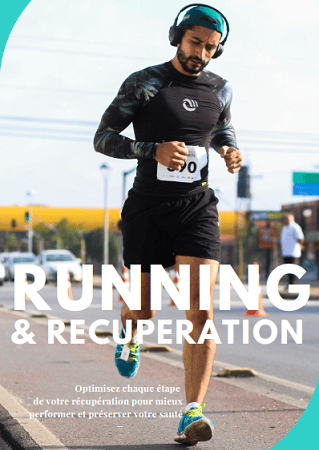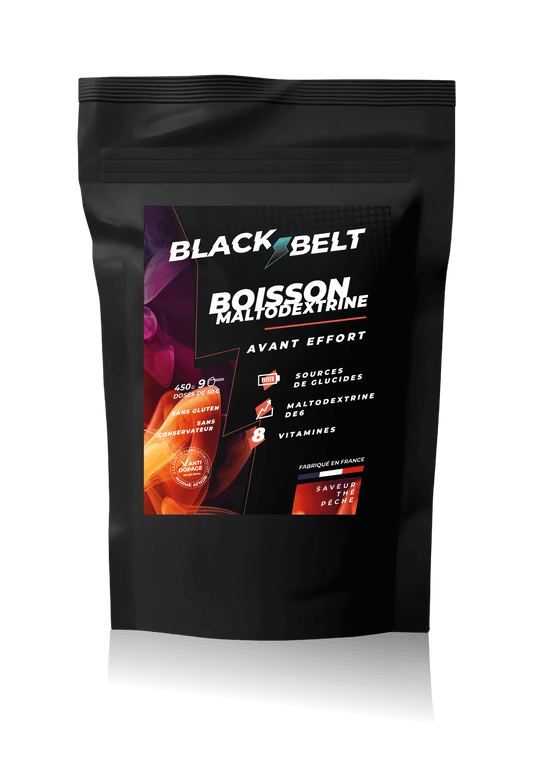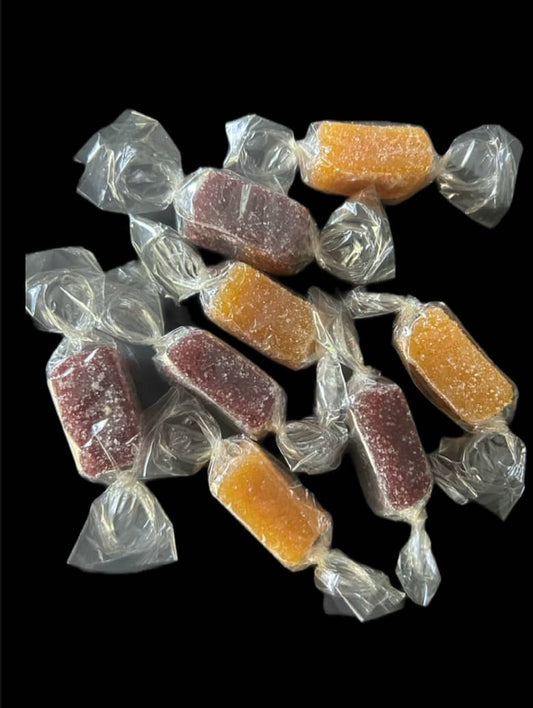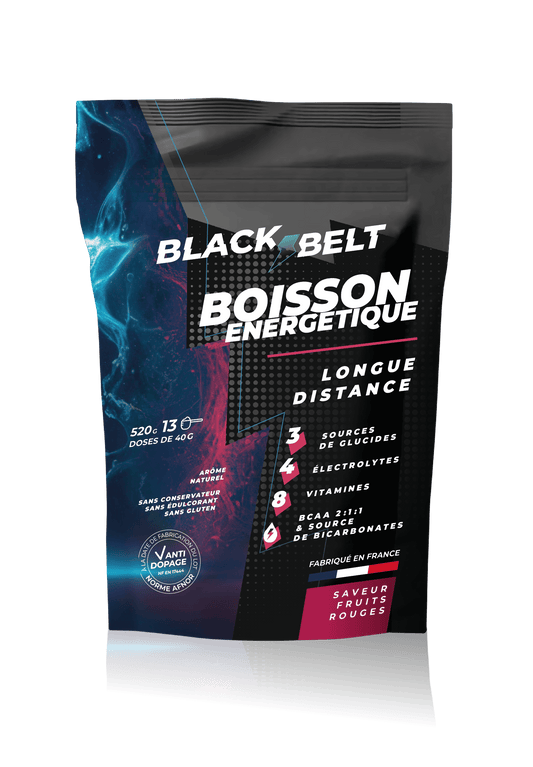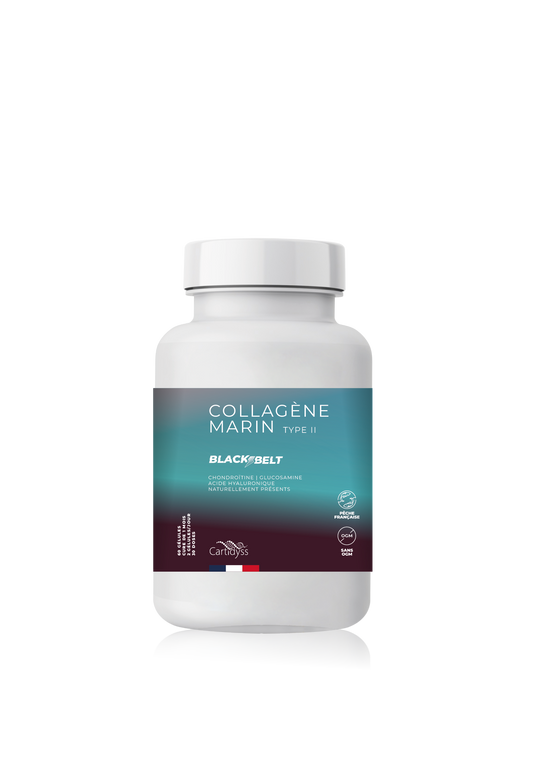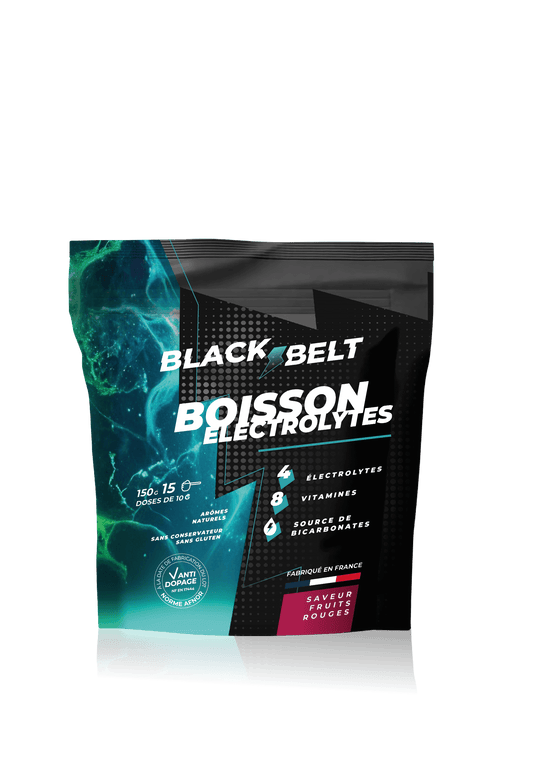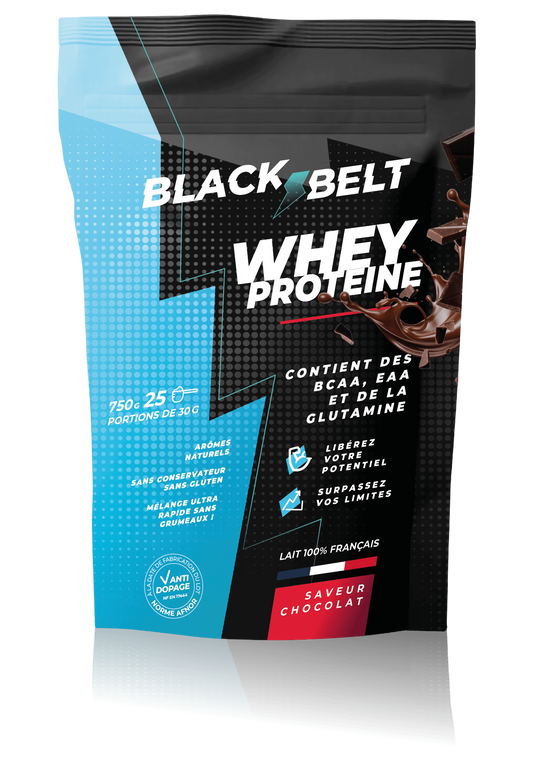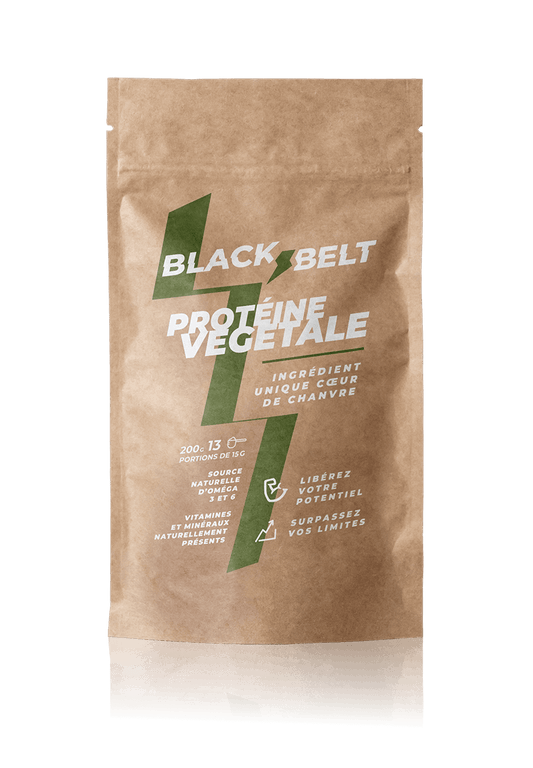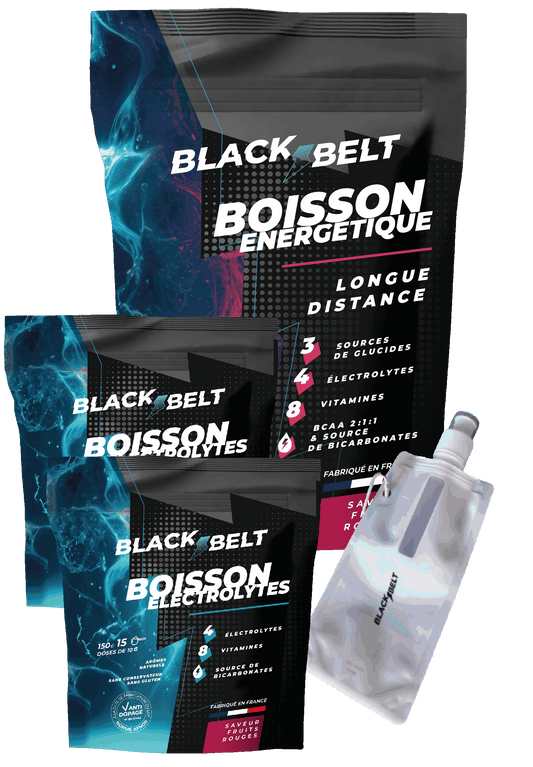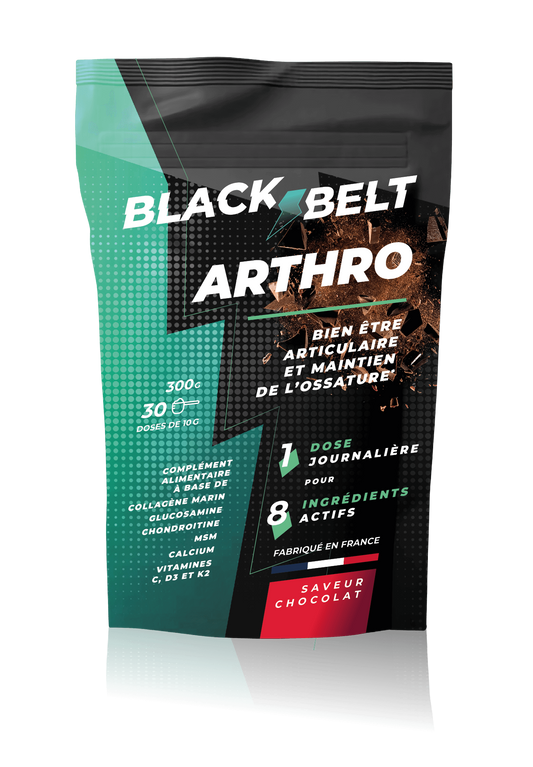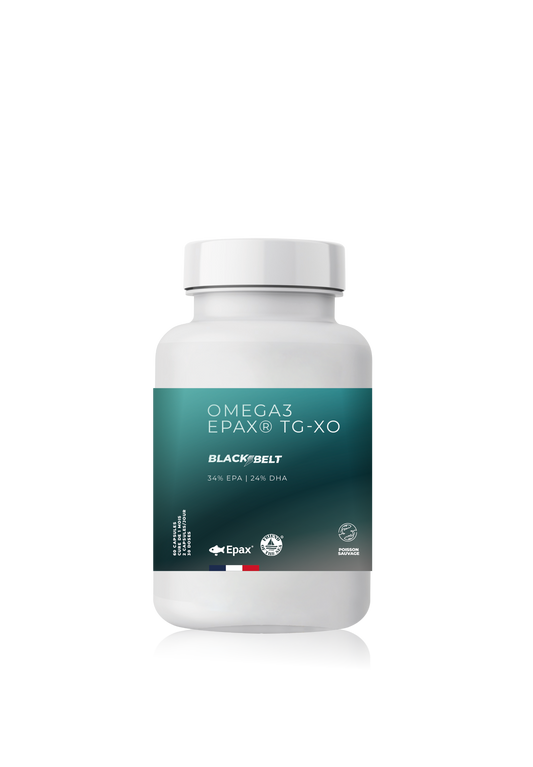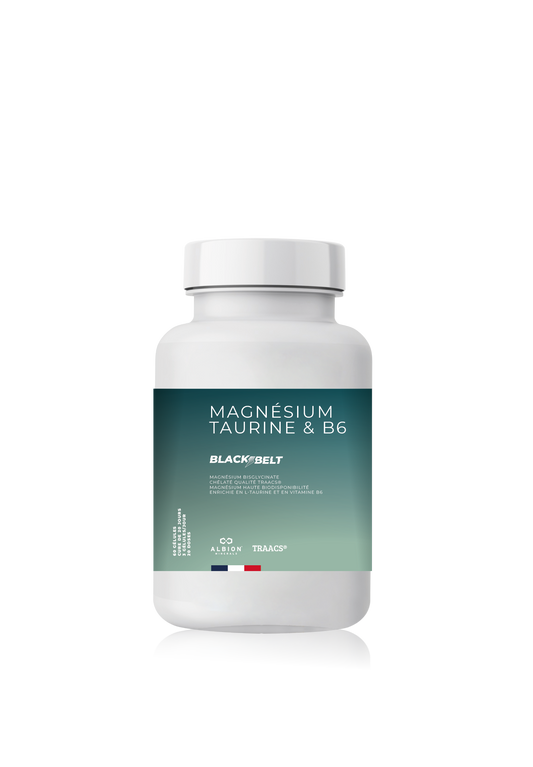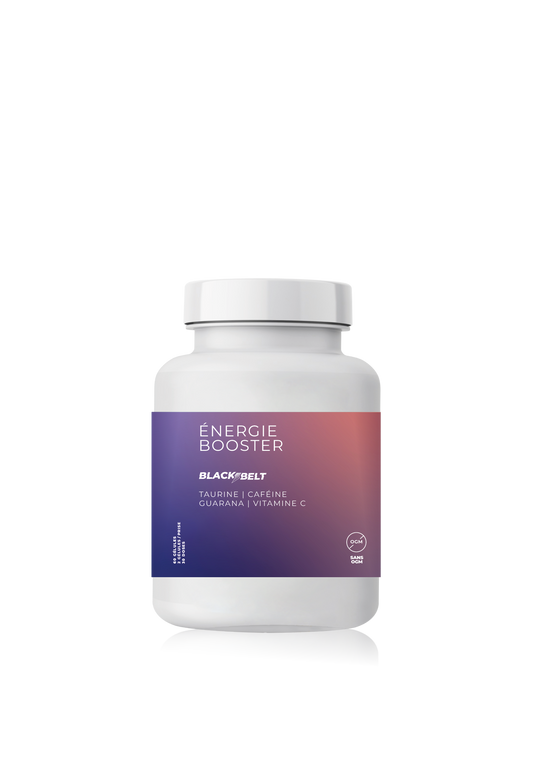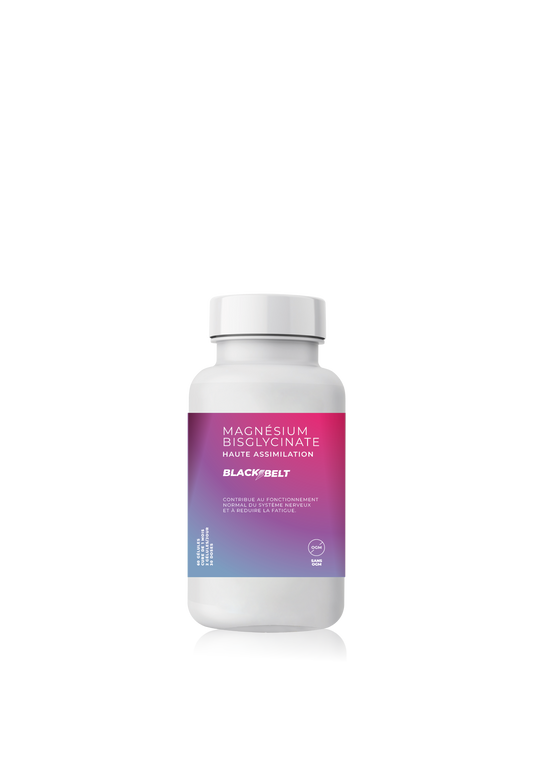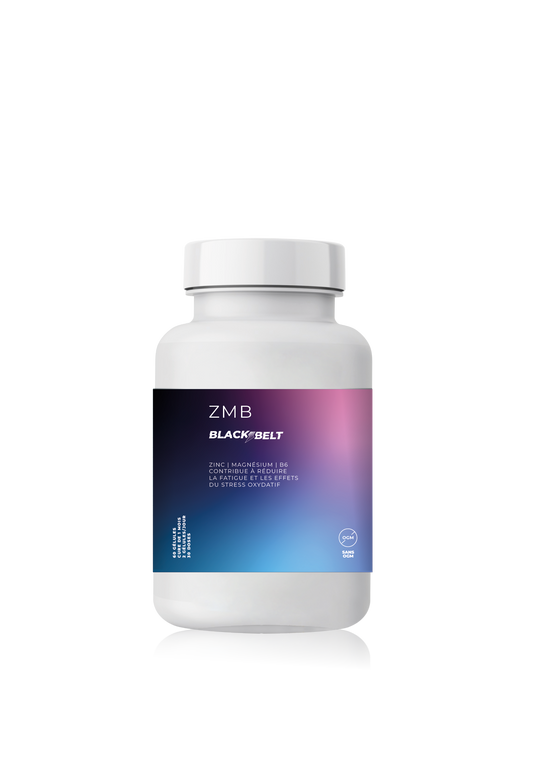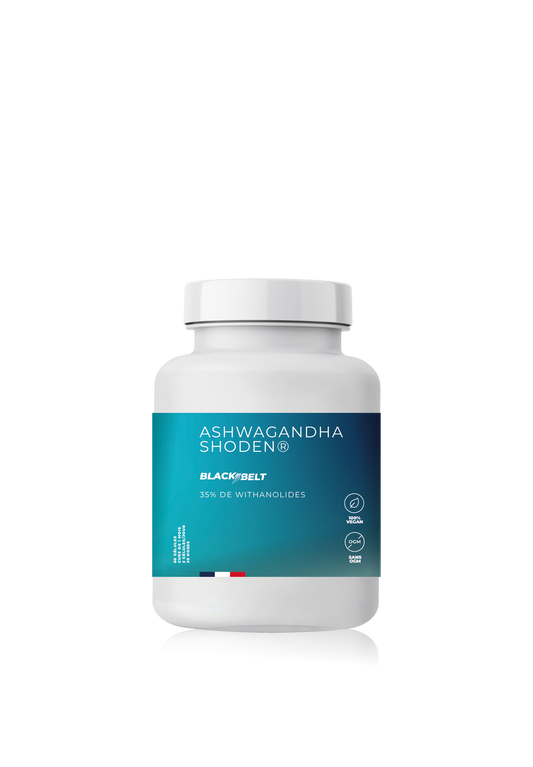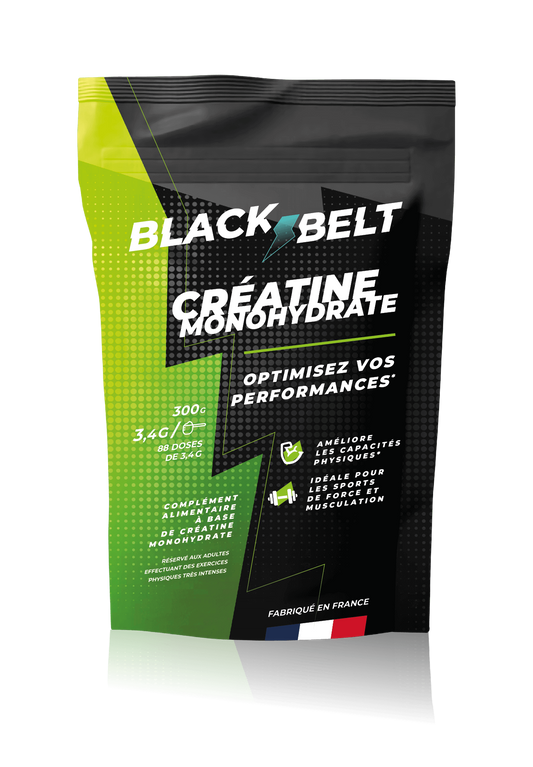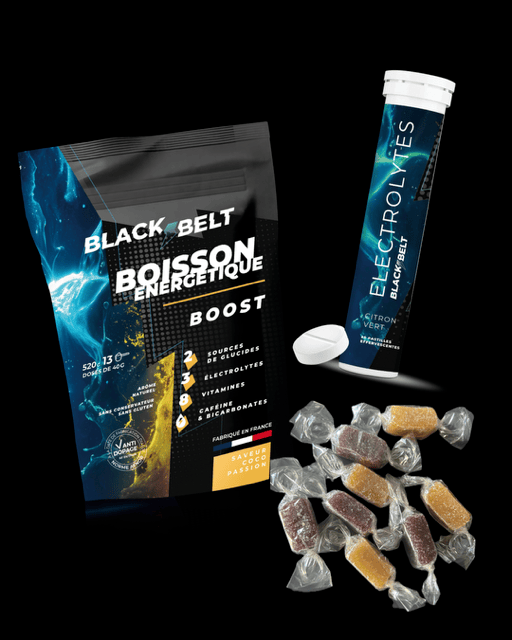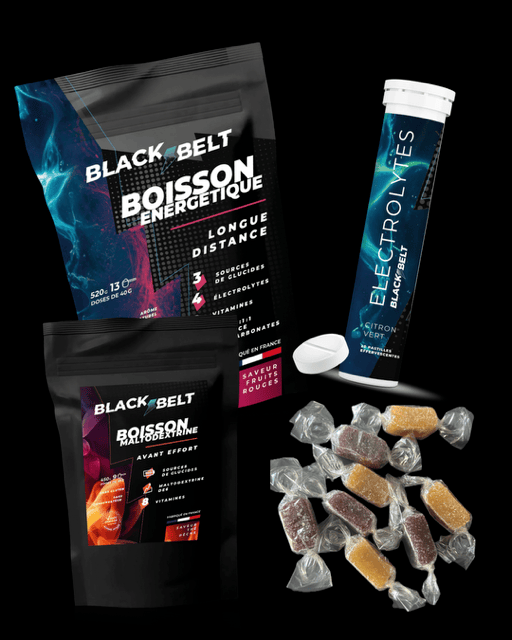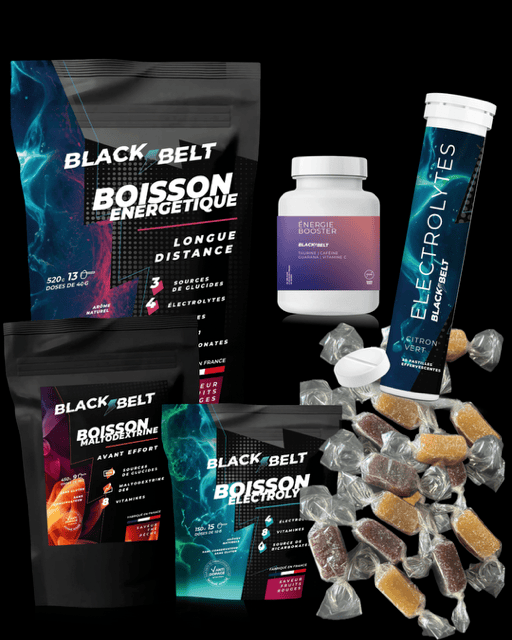
Share
VO2 max and sports performance: Optimize your running potential
When you become an experienced runner, VO2 max is often considered the holy grail of endurance performance. It measures the maximum amount of oxygen your body can consume during intense exercise and is a key indicator of your aerobic capacity. But what exactly is the link between VO2 max and athletic performance? Here, in this article, we explore the concept in detail, its impact on your running performance, and offer concrete strategies for improving it.
Understanding VO2 max
What is VO2 max?
Although we repeat this definition throughout our articles on the subject, it is important to lay the foundations, because not everyone has mastered this definition.
VO2 max represents the maximum volume of oxygen your body can use per minute per kilogram of body weight (expressed in ml/kg/min). It reflects the efficiency of your cardiorespiratory system in delivering oxygen to working muscles.
• Physiological indicator: The higher your VO2 max, the better your aerobic capacity, which translates into greater endurance.
• Measurement and testing: Laboratory tests or estimations via smartwatches make it possible to measure or estimate this value.

Link between VO2 max and sports performance
How does VO2 max influence performance?
If it is so important in the eyes of runners, it is because a VO2 max allows:
• Better oxygen utilization: Your muscles work more efficiently, resulting in increased endurance.
• Delayed fatigue: Greater oxygen uptake capacity helps delay the buildup of lactic acid, which causes the burning sensation in muscles.
• Long-distance performance: Whether it’s a half marathon, a marathon or a trail run, VO2 max is an important predictor of your running abilities.
And yes, nothing less!
Overall performance and other factors
It's important to note that while VO2 max is a key indicator, it's not the sole factor determining athletic performance. So don't neglect:
• Running technique, training strategy, nutrition and recovery also play a crucial role.
• Specific training and good effort management make it possible to translate a high VO2 max into real performance.
Strategies to Improve Your VO2 Max
Interval training
High-intensity interval training (HIIT) sessions are one of the most effective ways to increase your VO2 max.
Hill training
The climbs put intense demands on your cardio-respiratory system and increase your oxygenation capacity.
Long outings at a sustained pace
By maintaining a sustained pace, just below your anaerobic threshold, on long runs, you train your body to use oxygen efficiently for an extended period.
We go into more detail about VO2 exercises and training plans in this article if you're interested.

Practical tips for measuring and tracking your VO2 Max progress
To track your performance
Use tools like Strava, Garmin Connect, or other tracking apps to measure your heart rate, speed, and estimate your VO2 max.
• Data analysis: These tools will allow you to track your progress and adjust your training accordingly.
Also use our free toolbox
Integrate recovery into your program
Good recovery is essential to maximize VO2 max improvement.
• Nutrition and hydration: Consume foods rich in carbohydrates and protein as well as electrolytes to help your muscles recover.
• Rest and sleep: Allow your body enough time to regenerate, as it is during these periods of rest that physiological adaptations take place.
And everyone knows that Blackbelt products are the best for endurance sports.
Conclusion
Improving your VO2 max is a powerful way to boost your running, trail running, or marathon performance. While a high VO2 max is an important indicator, it must be supported by varied training, good nutrition, and adequate recovery. By adopting interval training, hill training, and long, brisk runs, you can turn your potential into real-world performance.
With these strategies and regular progress tracking, you'll be better equipped to achieve your fitness goals. Optimize your training, measure your results, and take full advantage of every stride to push yourself further.

